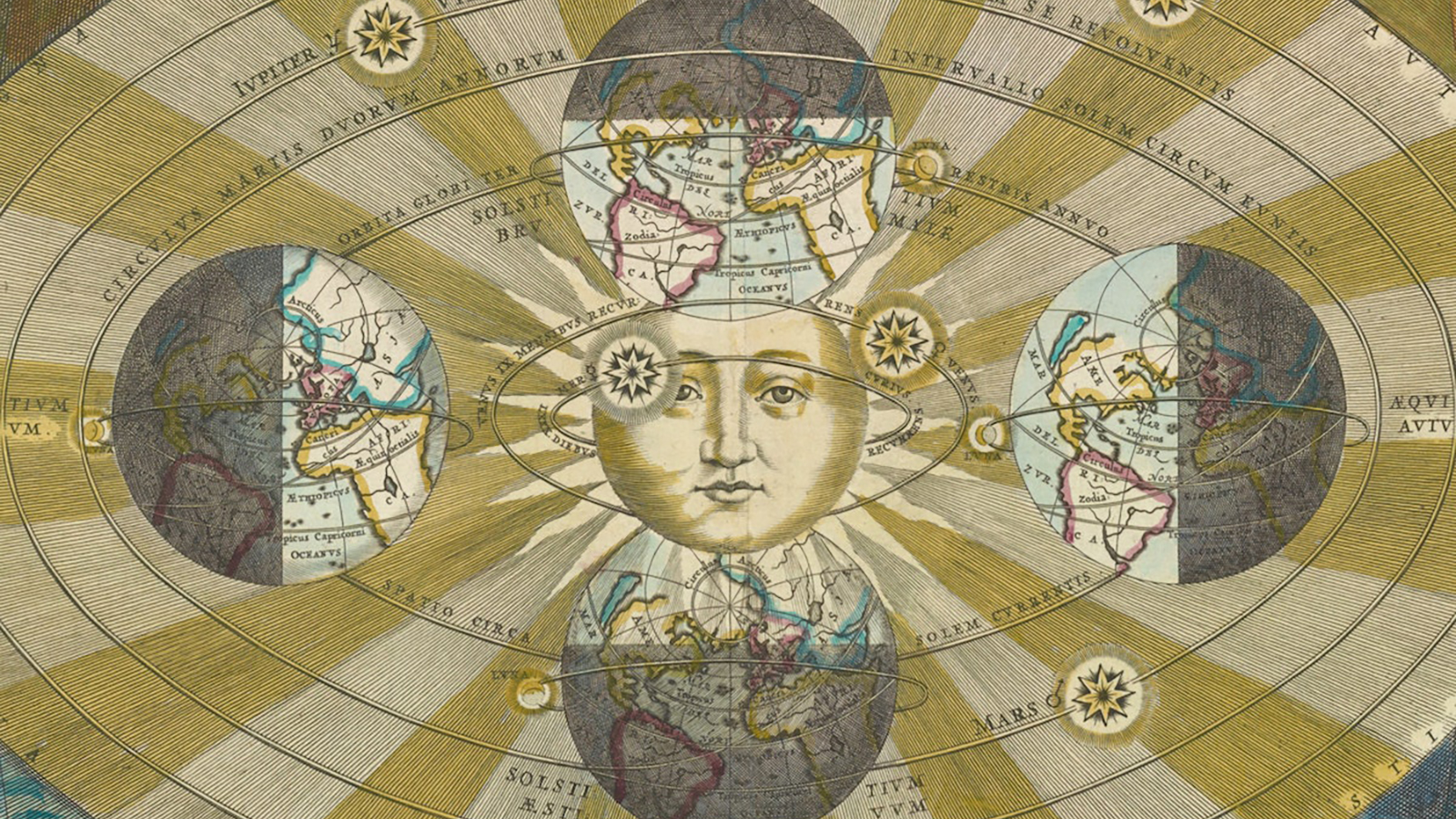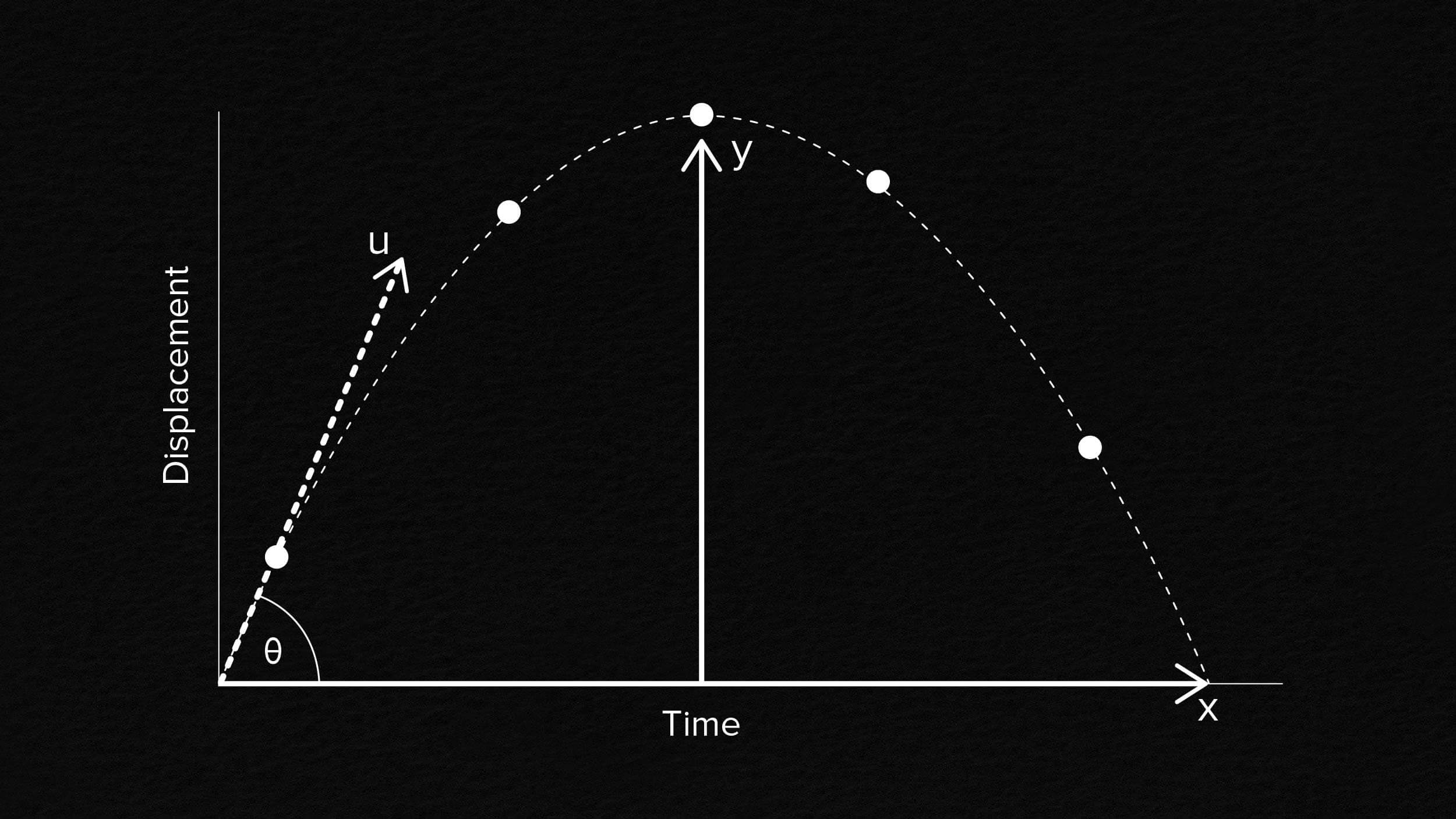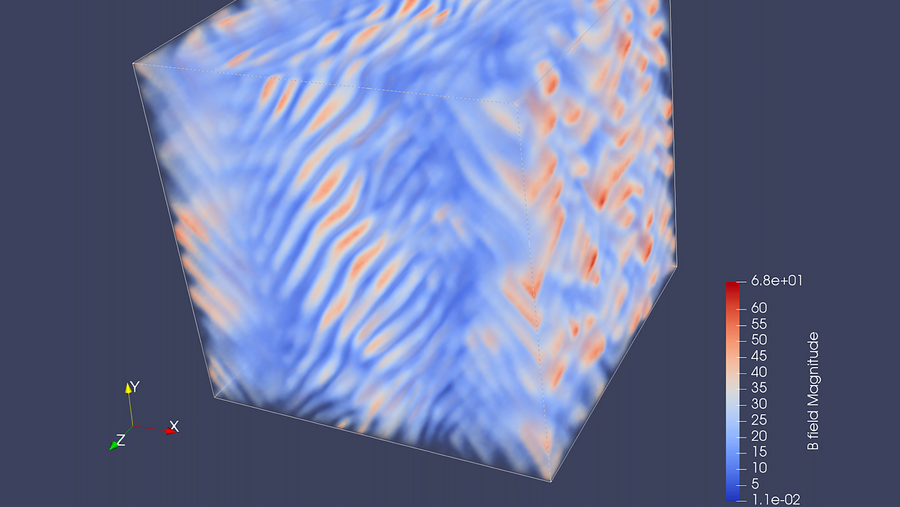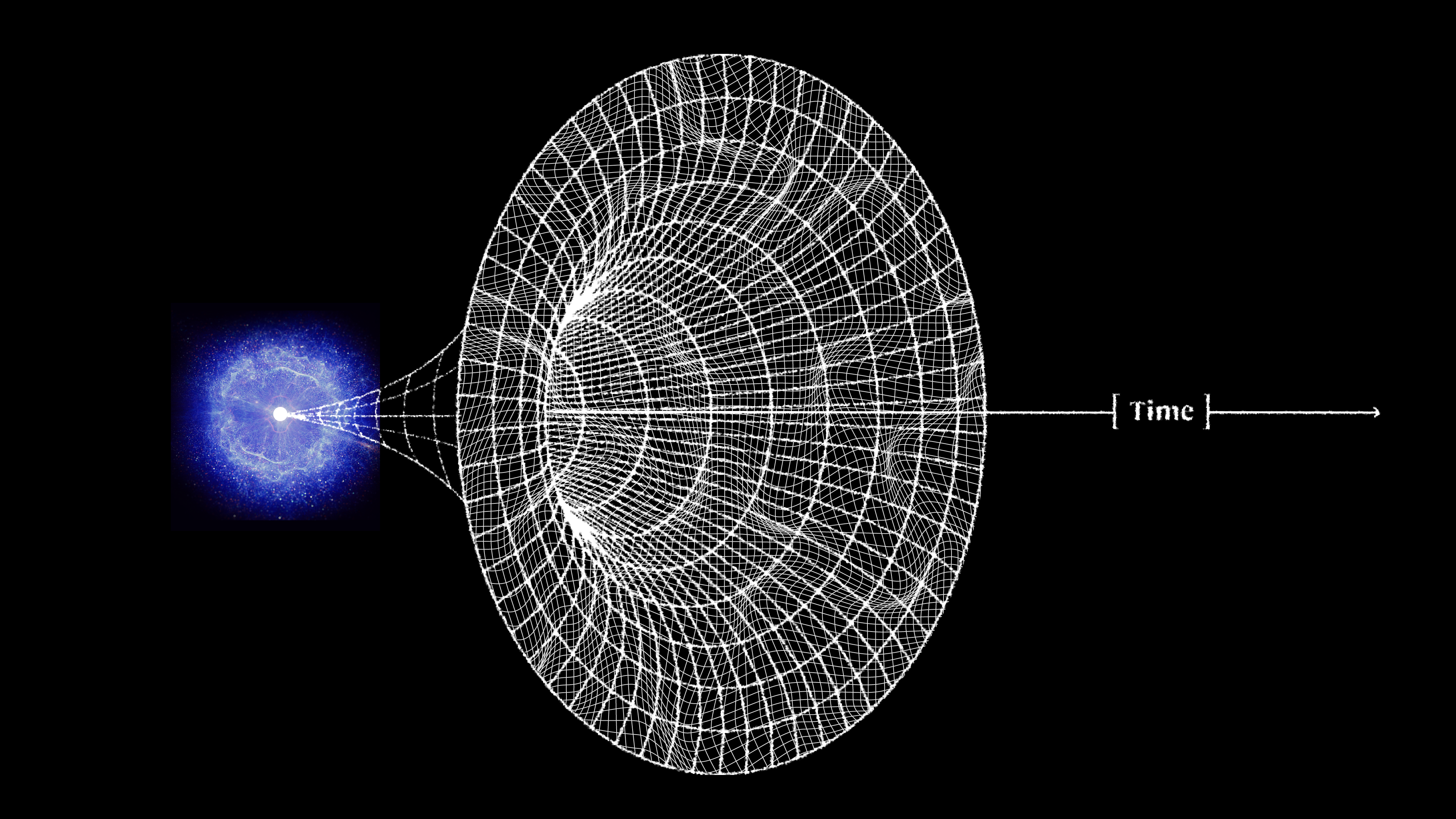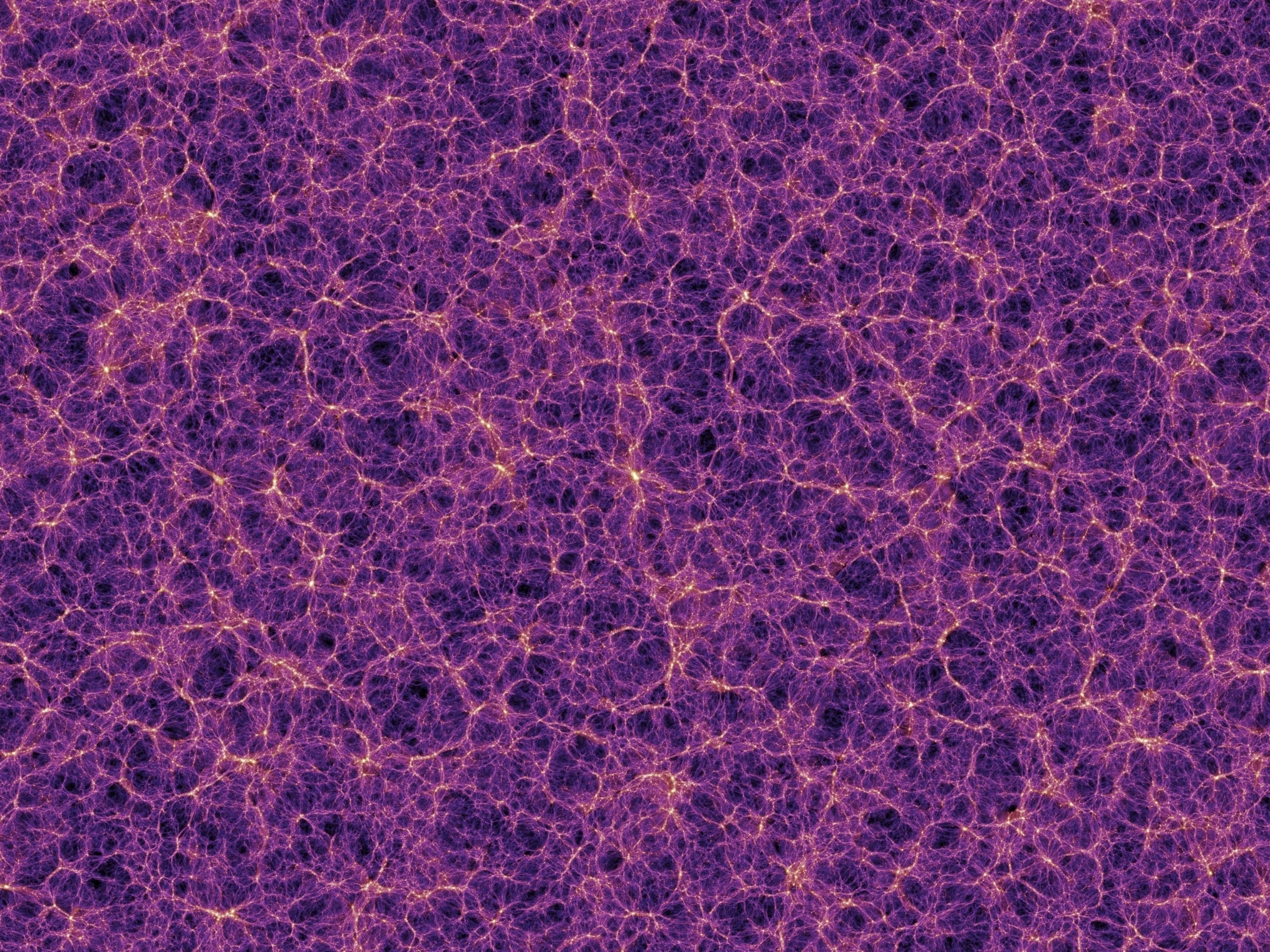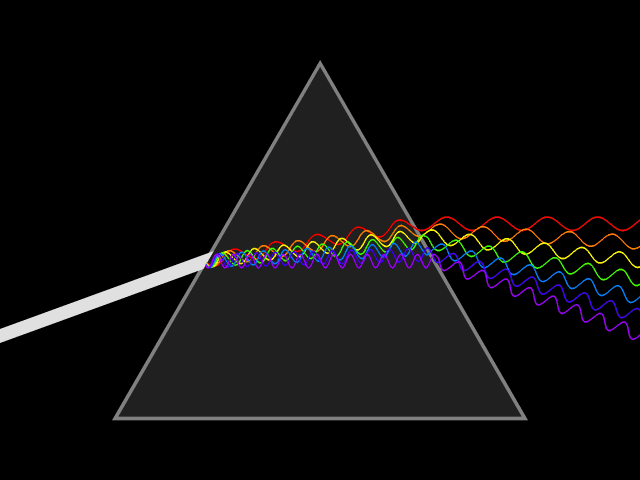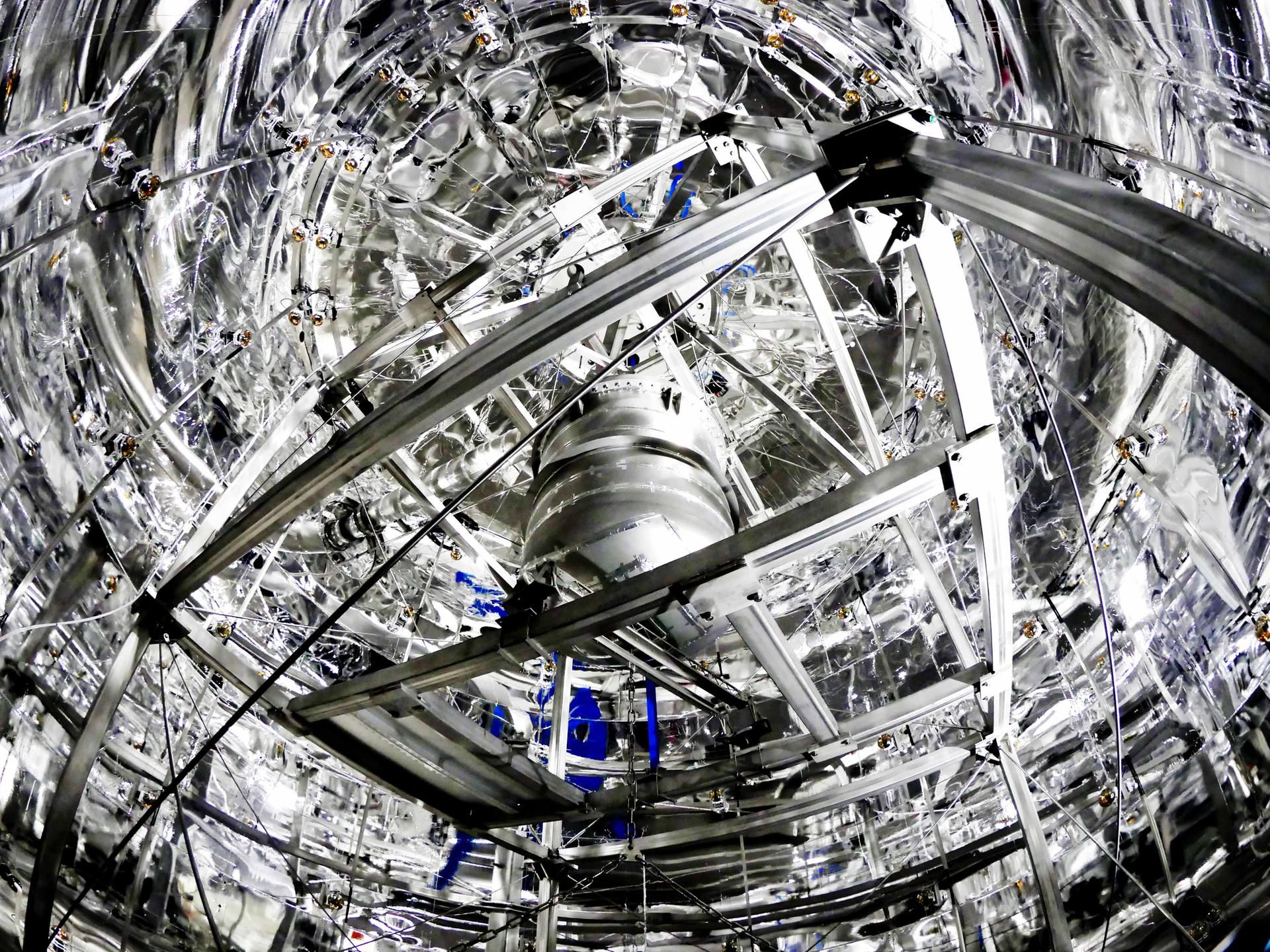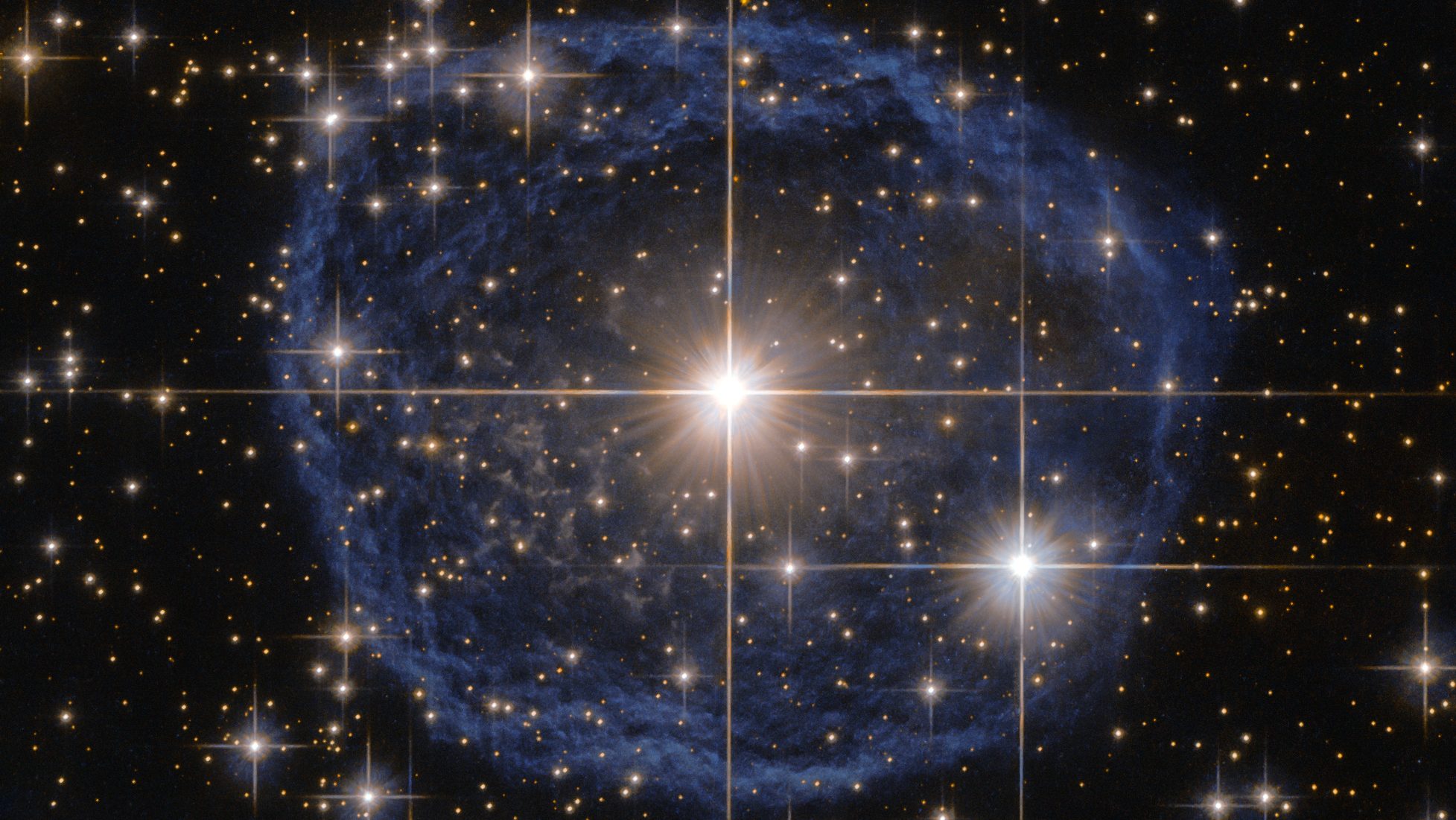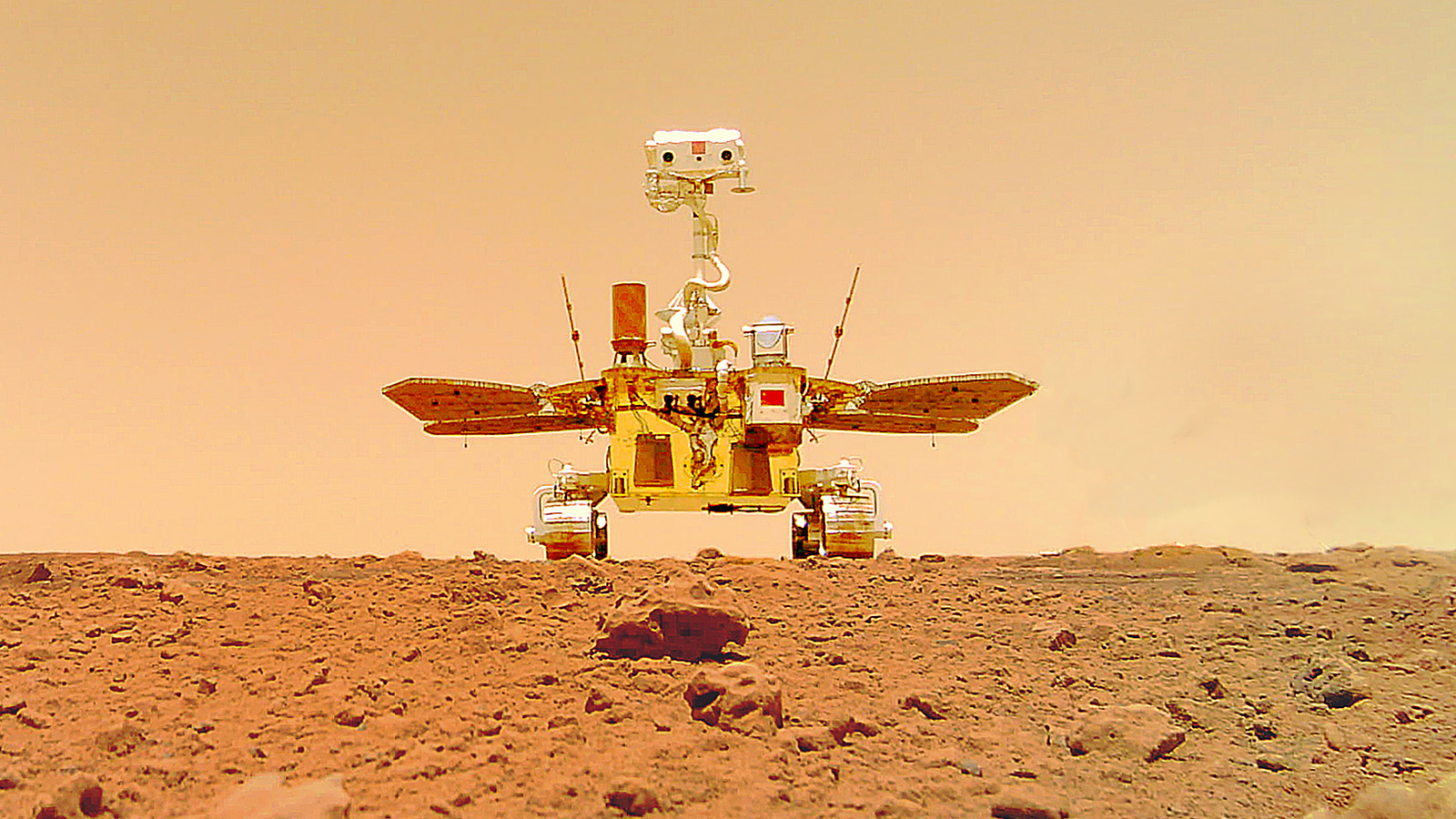There might be a hard limit to our knowledge of the Universe.
Search Results
You searched for: Structure
The key to curbing sugar intake may lie in the gut rather than our tastebuds.
The key to its success lies not in its understanding of technology, but in its understanding of human nature.
Research consistently points to a set of leadership skills that are high-impact, difficult to develop, and not easily replicated by technology.
On Earth, our particle accelerators can reach tera-electron-volt (TeV) energies. Particles from space are thousands of times as energetic.
Here in our Universe, time passes at a fixed rate for all observers: one second-per-second. Before the Big Bang, things were very different.
If all massive objects emit Hawking radiation, not just black holes alone, then everything is unstable, even the Universe. Can that be true?
There are plenty of alternatives to spending a fortune on employee training programs. These 10 options are a great place to start.
The laws of nature are almost perfectly symmetric between matter and antimatter, and yet our Universe is made ~100% of matter only. But why?
The most famous Hubble images show glittering stars and galaxies amidst the black backdrop of space. But more was captured than we realized.
A look inside Mindstate Design Labs’ effort to design drugs that reliably produce specific states of mind.
Taught in every introductory physics class for centuries, the parabola is only an imperfect approximation for the true path of a projectile.
Communication among cetaceans, like whales and dolphins, looks especially promising.
A new finding that unconsciously processed images are distributed to higher-order brain networks requires the revision of a popular theory of consciousness.
Where did the “seed” magnetic field come from in the first place?
Cosmic inflation is the state that preceded and set up the hot Big Bang. Here’s what the Universe was like during that time period.
Human beings are tiny creatures compared to the 92 billion light-year wide observable Universe. How can we comprehend such large scales?
There are some 26 fundamental constants in nature, and their values enable our Universe to exist as it does. But where do they come from?
If you think you know what sex, gender, and “the right thing to do” for trans youth and adults are, be sure it agrees with actual science.
There are dozens of instructional design models, but most learning designers rely on a select few. Here are four of the most common.
Holograms preserve all of an object’s 3D information, but on a 2D surface. Could the holographic Universe idea lead us to higher dimensions?
Invisible cloaks. Ghost imaging. Scientists are manipulating light in ways that were once only science fiction.
It is through speaking and listening that human beings become who they are.
With a bigger, better, and more sensitive detector, the XENON collaboration joins LZ and PANDA-X in constraining WIMP dark matter.
Risqué or just risky?
The questions about which massive structures to build, and where, are actually very hard to answer. Infrastructure is always about the future: It takes years to construct, and lasts for years beyond that.
The most common element in the Universe, vital for forming new stars, is hydrogen. But there’s a finite amount of it; what if we run out?
Data from the Zhurong rover suggests the Red Planet was wet more recently than we thought.
Now that it’s fully commissioned, the James Webb Space Telescope begins its exploration of the Universe. Here are its first science images!
From machines to animals, there are many kinds of possible minds.
